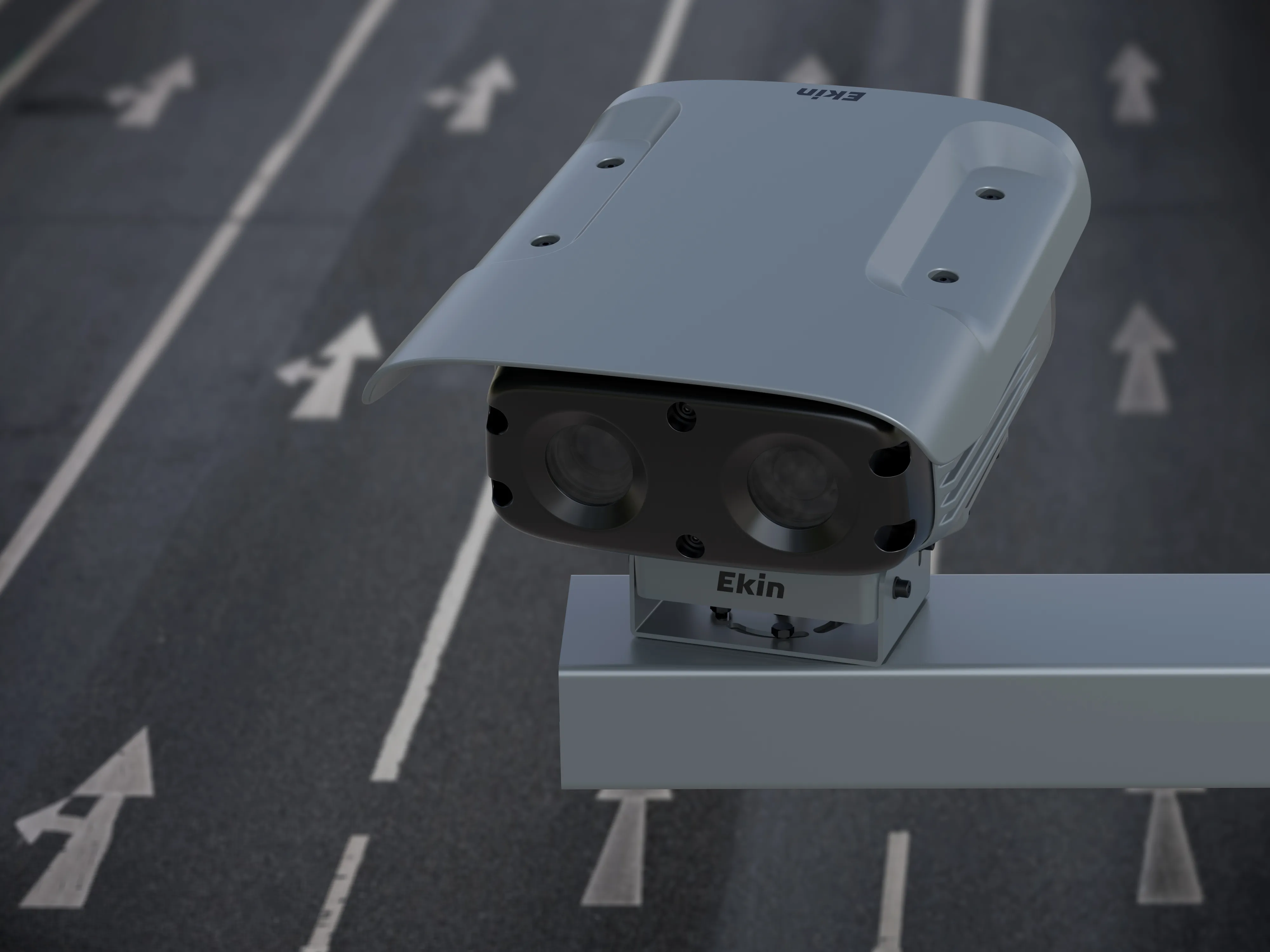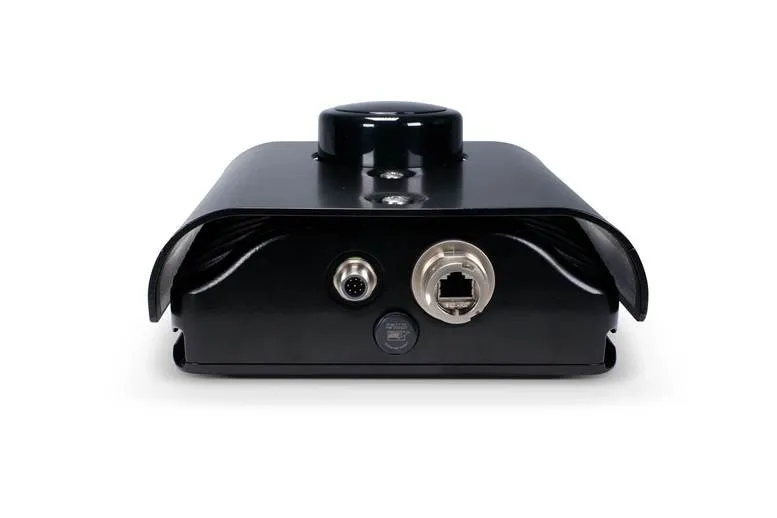
The Automatic Incident Detection (AID) wrong way alerting solution can detect multiple lanes of traffic using a single camera and provides accurate detection and fast notification to help improve the safety performance of roadways.
The system uses high-definition video stream from ISS’ patented RTMS Sx-300 HDCAM radar product, providing radar-based data collection and video analytics and sends an automated message alert with an image snapshot via e-mail or text. It also provides a 30 second video of the event, allowing traffic operators to visually confirm the vehicle and provide emergency officials with its details.










